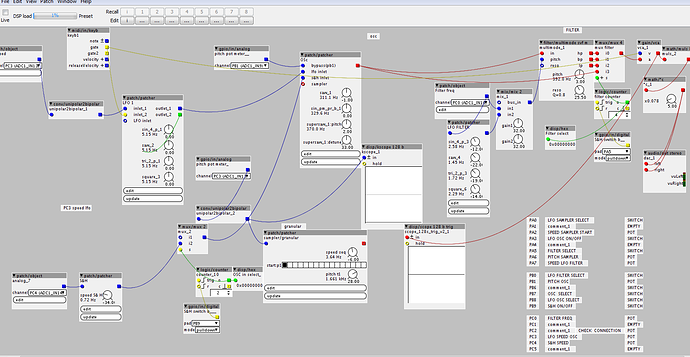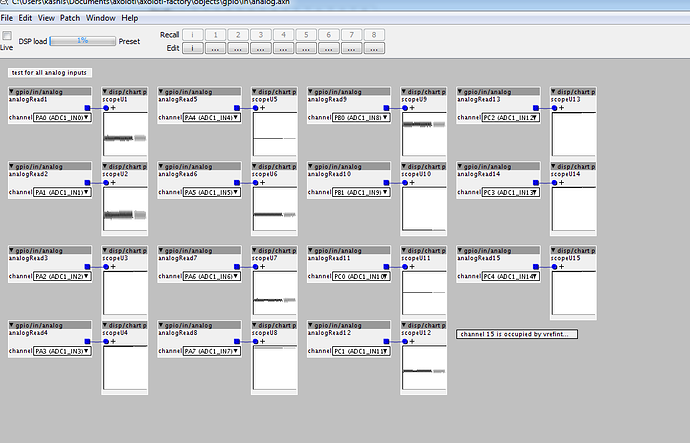Hello there all
i have not so much electronic knowledge and not at all programming knowledge and i have a question about the pot meters,i use 10 k ,100k and even 500k meters because i wanted to make the range bigger of the lfo, the midi controller had a much bigger range, it goes from a very low till very high frequency,the gpio doesn't go as much i want,i would love it if it will go from lets say 0.1hz till 233 hz, is there a object our other way to make this possible?



